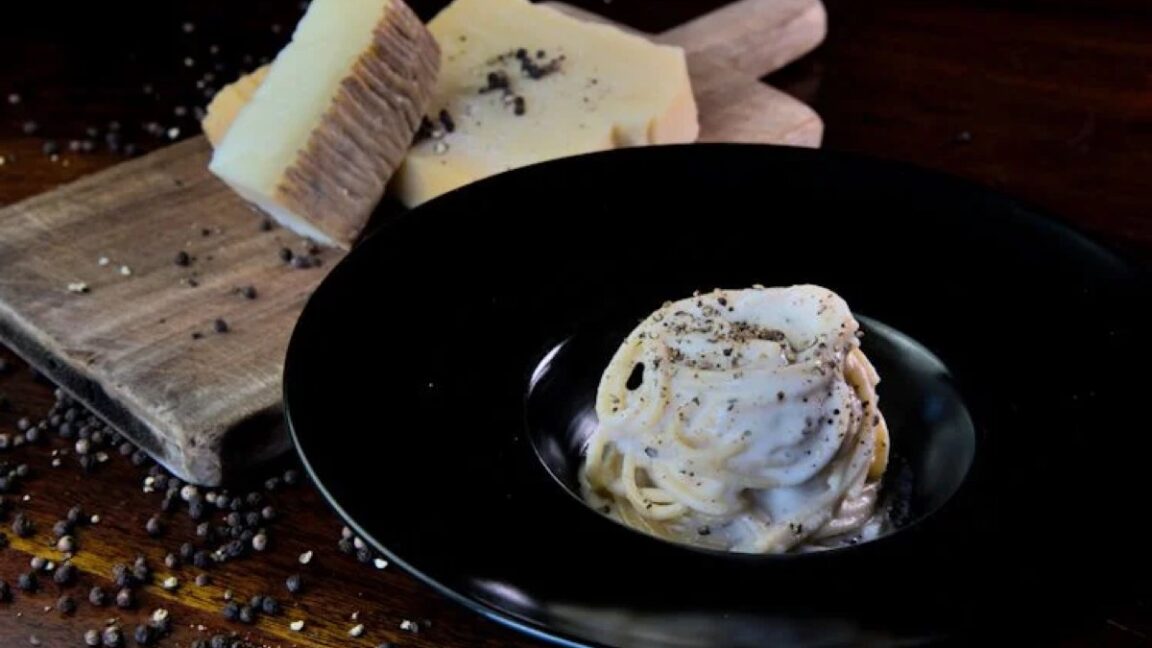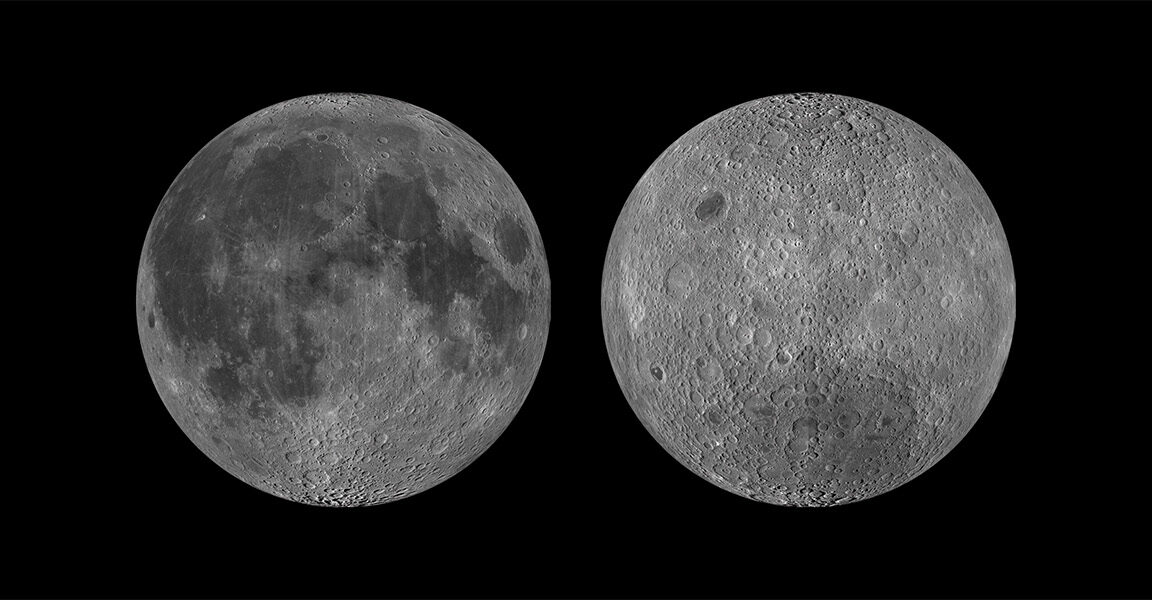Physics of the perfect cacio e pepe sauce

Terlizzi and his fellow author are all living abroad and frequently meet for dinner. Cacio e pepe is among their favorite traditional dishes to make, and as physicists, they couldn’t help but want to learn more about the unique physics of the process, not to mention “the more practical aim to avoid wasting good pecorino,” said Terlizzi. They focused on the separation that often occurs when cheese and water are mixed, building on earlier culinary experiments.
As the pasta cooks in boiling water, the noodles release starch. Traditionally, the chef will extract part of the water and starch solution—which is cooled to a suitable temperature to avoid clumping as the cheese proteins “denaturate”—and mix it with the cheese to make the sauce, adding the pepper last, right before serving. But the authors note that temperature is not the only factor that can lead to this dreaded “mozzarella phase.”
According to the authors, if one tries to mix cheese and water without any starch, the clumping is more pronounced. There is less clumping with water containing a little starch, like water in which pasta has been cooked. And when one mixes the cheese with pasta water “risottata”—i.e., collected and heated in a pan so enough water evaporates that there is a higher concentration of starch—there is almost no clumping.
Effect of trisodium citrate on the stability of cacio e pepe sauce.
Credit:
G. Bartolucci et al., 2025
So starch plays a crucial role in the process of making cacio e pepe. The authors devised a set of experiments to scientifically investigate the phase behavior of water, starch, and cheese mixed together in various concentrations and at different temperatures. They primarily used standard kitchen tools to make sure home cooks could recreate their results (although not every kitchen has a sous vide machine). This enabled them to devise a phase diagram of what happens to the sauce as the conditions change.
Source link







